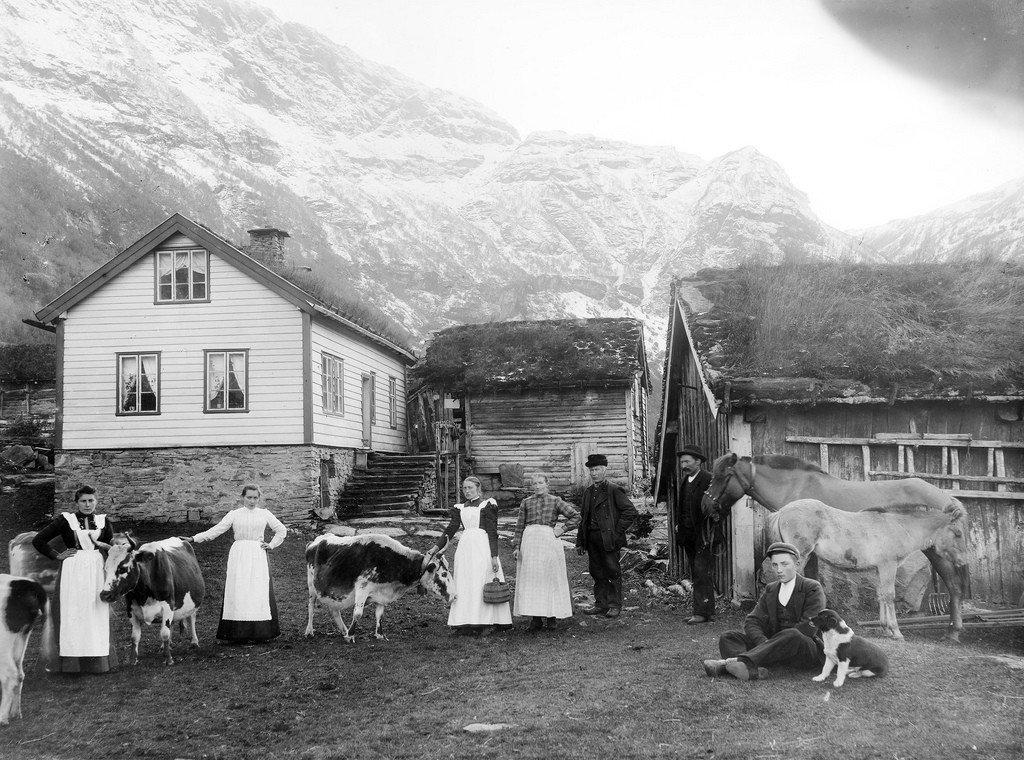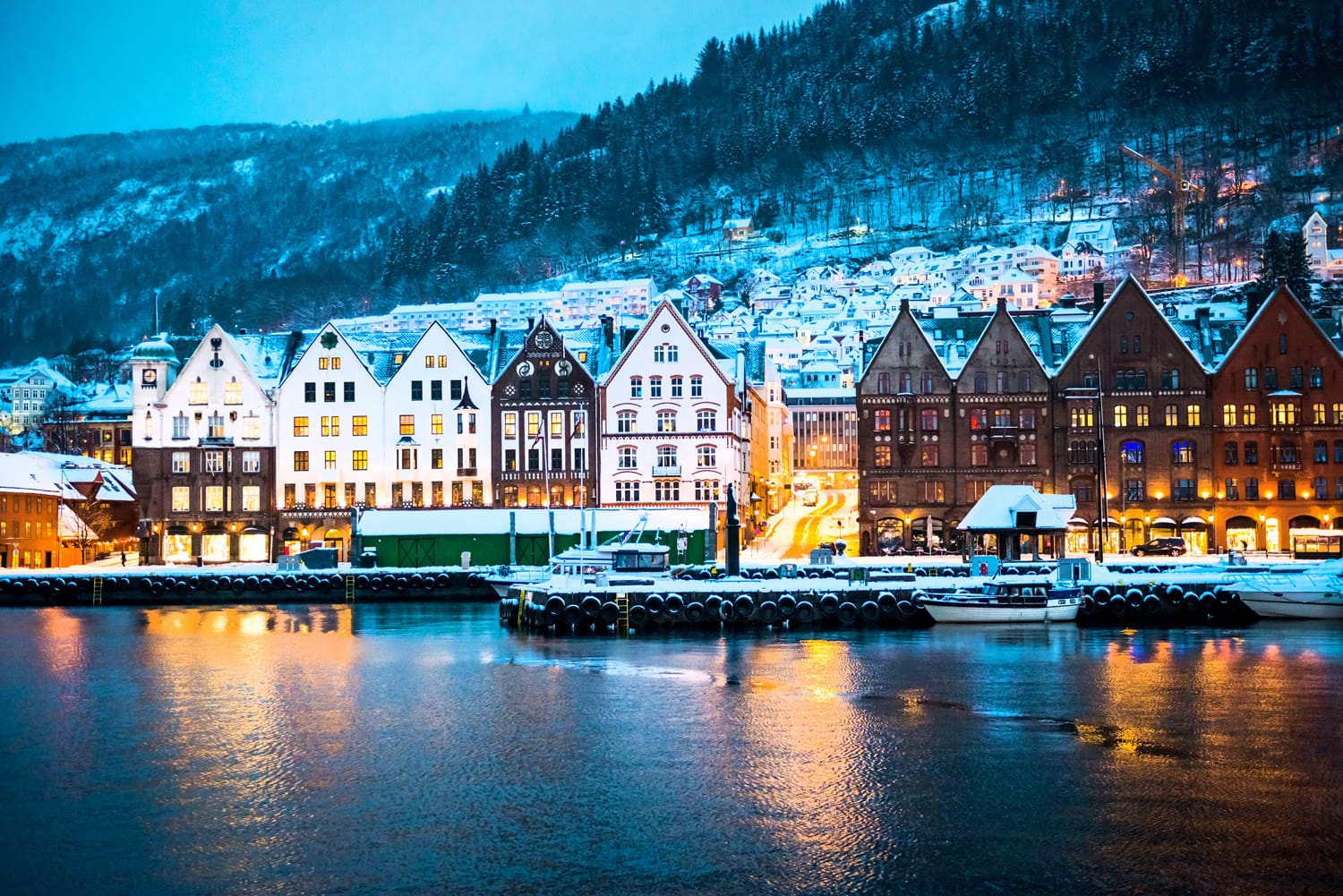Norway off grid living – Norway off-grid living represents a unique blend of rugged independence and sustainable living. This pursuit, increasingly popular, necessitates navigating a complex web of legal requirements, sustainable energy solutions, and resource management strategies. From securing the necessary permits to building an energy-efficient cabin and establishing self-sufficient food production, the journey demands careful planning and a deep understanding of the Norwegian landscape and regulations.
This guide delves into the practicalities of off-grid existence in Norway, exploring the legal framework, sustainable energy options, water management, construction techniques, food production methods, and the inherent challenges and rewards. We’ll examine various renewable energy sources suitable for the Norwegian climate, discuss effective water management and sanitation systems, and detail building methods for energy-efficient cabins. Furthermore, we’ll address the economic, environmental, and social considerations involved in embracing this lifestyle.
Legalities and Regulations of Off-Grid Living in Norway
Embarking on an off-grid lifestyle in Norway requires a thorough understanding of the nation’s legal framework. Navigating land ownership, building permits, and utility connections is crucial for a compliant and sustainable existence. Regulations vary across regions, impacting the feasibility and specifics of off-grid projects.
Land Ownership and Property Rights
Securing land is the foundational step. Most land in Norway is privately owned, necessitating purchase or lease agreements. Certain areas may be designated for conservation or other purposes, restricting off-grid development. Detailed surveys and legal counsel are recommended to ascertain land usability and potential restrictions.
Building Permits and Regulations

Source: freetouroslo.com
Obtaining necessary building permits is mandatory. The process involves submitting detailed plans outlining the structure, materials, and utilities. Compliance with building codes and environmental regulations is strictly enforced. Local municipalities handle permit applications, with timelines varying based on project complexity and regional procedures.
Regional Variations in Regulations
Regulations concerning off-grid living can differ across Norway’s diverse regions. Coastal areas may have stricter rules regarding coastal protection, while mountainous regions might focus on environmental impact assessments and accessibility for emergency services. It’s vital to research specific local ordinances before initiating any construction.
Key Legal Requirements for Off-Grid Living in Norway
| Requirement | Description | Process | Consequences of Non-Compliance |
|---|---|---|---|
| Land Ownership | Proof of ownership or valid lease agreement. | Purchase or lease contract, land registry verification. | Potential legal action, project halt. |
| Building Permits | Approval from local municipality for construction. | Submission of detailed plans, inspections. | Fines, demolition order. |
| Environmental Impact Assessment | Assessment of potential environmental effects. | Report submission, potential public consultation. | Project rejection, legal challenges. |
| Wastewater Management | Approved system for sewage treatment. | Permit application, system inspection. | Fines, environmental remediation orders. |
Sustainable Energy Solutions for Off-Grid Homes in Norway
Norway’s abundant natural resources and commitment to renewable energy make it a favorable location for off-grid living powered by sustainable solutions. The feasibility and cost-effectiveness of various renewable energy sources, however, vary depending on location and specific needs.
Renewable Energy Sources for Off-Grid Homes
Hydropower, solar, and wind power offer viable options. Hydropower, particularly suitable in areas with streams or rivers, offers reliable energy generation. Solar power, while dependent on daylight hours, can be effectively integrated with battery storage. Wind power, ideal in exposed locations, requires careful consideration of turbine placement and environmental impact.
Feasibility and Cost-Effectiveness
Hydropower, while requiring initial investment in infrastructure, provides consistent energy. Solar power’s cost-effectiveness depends on solar irradiance and battery storage capacity. Wind power requires a comprehensive wind assessment and can have higher upfront costs. Detailed cost-benefit analyses are essential before choosing a system.
Sample Off-Grid Energy System for a Norwegian Cabin
A typical Norwegian cabin might utilize a small-scale hydropower system supplemented by solar panels for peak demand periods. Battery storage would ensure energy availability during low-generation periods or outages. A backup generator, potentially fueled by propane, could provide additional security.
Examples of Successful Off-Grid Energy Systems
Several off-grid cabins in Norway successfully utilize combined systems. One example involves a cabin near a small river employing a micro-hydro system, complemented by solar panels and a battery bank. Another example showcases a remote cabin using wind turbines, solar panels, and a sophisticated battery management system, minimizing reliance on fossil fuels.
Water Management and Sanitation in Off-Grid Norwegian Settings
Securing a reliable supply of potable water and implementing an effective wastewater management system are critical for off-grid living in Norway. Various methods exist, each with its own advantages and disadvantages concerning cost, environmental impact, and feasibility.
Water Procurement and Purification
Collecting rainwater is a common practice, requiring proper collection and filtration systems to remove impurities. Surface water sources like streams or lakes may be used, but rigorous purification is crucial to remove bacteria and contaminants. Drilling a well is an option in suitable locations, but requires permits and professional expertise.
Wastewater Treatment Solutions, Norway off grid living
Septic systems are widely used for wastewater treatment, requiring regular maintenance and emptying. Reed bed systems offer a more environmentally friendly option, utilizing natural processes for wastewater purification. Choosing a system depends on factors like soil type, water table, and local regulations.
Effectiveness and Cost Comparison of Systems
Rainwater harvesting is cost-effective but relies on sufficient rainfall. Well drilling involves higher upfront costs but provides a more consistent supply. Septic systems are relatively inexpensive but require regular maintenance. Reed bed systems have higher initial costs but are environmentally sustainable.
Designing a Sustainable Water Management System
- Assess water needs and available resources.
- Select appropriate water procurement and purification methods.
- Design a wastewater treatment system compliant with regulations.
- Implement a system for monitoring water quality and system performance.
- Plan for regular maintenance and potential system upgrades.
Building and Construction Techniques for Off-Grid Cabins in Norway: Norway Off Grid Living
Constructing a durable and energy-efficient off-grid cabin in Norway requires careful consideration of building materials and techniques. Traditional Norwegian methods, adapted for modern sustainability, can provide both resilience and environmental responsibility.
Suitable Building Materials
Locally sourced timber is a traditional and sustainable choice, providing excellent insulation. Stone foundations offer durability and longevity. Modern insulation materials, such as cellulose or mineral wool, enhance energy efficiency. The selection should prioritize durability, insulation, and minimal environmental impact.
Traditional Norwegian Building Techniques
Traditional methods like log construction or stave construction offer excellent insulation and resilience to harsh weather. Adapting these techniques with modern insulation and sealing methods can significantly enhance energy efficiency. Understanding these methods is beneficial for both cost-effectiveness and authenticity.
Challenges in Construction
Norway’s varied terrain and climate present challenges. Mountainous regions necessitate careful site preparation and potentially specialized construction techniques. Coastal areas require considerations for wind and salt exposure. Understanding these regional challenges is crucial for successful construction.
Building Considerations for Energy Efficiency and Insulation
- High-performance windows and doors.
- Thorough insulation of walls, roof, and floor.
- Airtight construction to minimize heat loss.
- Passive solar design to maximize solar heat gain.
- Use of thermally efficient building materials.
Self-Sufficiency and Food Production in Off-Grid Norway
Achieving self-sufficiency in food production in Norway’s short growing season requires strategic planning and adaptation. Techniques for growing, preserving, and storing food are essential for sustaining an off-grid lifestyle.
Methods for Growing Food
Utilizing greenhouses or cold frames extends the growing season. Selecting hardy, fast-maturing varieties of vegetables is crucial. Vertical gardening maximizes space utilization. Hydroponics or aquaponics offer alternative growing methods, reducing reliance on land area.
Food Preservation Techniques

Source: roadaffair.com
Traditional methods like drying, canning, fermenting, and freezing are vital for preserving food harvested during the short growing season. Proper storage and preservation techniques are essential to minimize spoilage and ensure food availability throughout the year.
Examples of Successful Off-Grid Farming
Some Norwegian off-grid homesteads successfully cultivate hardy vegetables, herbs, and berries. They often incorporate techniques like crop rotation, composting, and integrated pest management. Challenges include pest control, unpredictable weather, and limited growing space.
Plan for a Small-Scale Off-Grid Garden
| Crop | Planting Time | Harvest Time | Preservation Method |
|---|---|---|---|
| Potatoes | May | August-September | Storage in a cool, dark place |
| Carrots | May | August-September | Storage in a cool, dark place |
| Kale | May | Ongoing harvest | Freezing |
| Beans | June | August-September | Drying, canning |
Challenges and Considerations of Off-Grid Living in Norway
While appealing, off-grid living in Norway presents unique challenges. Isolation, healthcare access, economic considerations, and environmental impacts all require careful evaluation before embarking on this lifestyle.
Isolation and Healthcare Access
Remote locations can lead to isolation, limiting access to social interaction and emergency services. Healthcare access might be restricted, requiring preparedness for medical emergencies and self-reliance in basic healthcare.
Economic Aspects
The initial investment in land, construction, and infrastructure can be substantial. Ongoing costs include maintenance, repairs, and potential energy expenses. Careful financial planning is essential to ensure long-term sustainability.
Environmental Impact
Off-grid living can minimize reliance on fossil fuels and reduce carbon footprint. However, improper waste management or unsustainable water use can negatively impact the environment. Sustainable practices are crucial to minimize any negative consequences.
Norway’s off-grid communities, often nestled in remote fjords, offer a stark contrast to the arid landscapes of the American Southwest. While Norwegian off-grid living emphasizes sustainable energy solutions adapted to a colder climate, a different approach is taken in the desert southwest, as seen in the challenges and rewards detailed in this report on arizona off grid living.
Ultimately, both lifestyles highlight the global appeal of self-sufficiency and connection with nature, albeit in vastly different environments.
A Typical Day in the Life
A typical day might involve tending to the garden, collecting rainwater, generating energy from renewable sources, performing maintenance on the off-grid systems, and enjoying the peace and quiet of the surroundings. Self-sufficiency and resourcefulness are key aspects of this lifestyle.
Outcome Summary
Embarking on the path of Norway off-grid living requires significant preparation and a commitment to sustainable practices. While challenges exist, the rewards—a life deeply connected to nature, self-sufficiency, and a reduced environmental footprint—can be substantial. By carefully considering the legal, logistical, and environmental aspects Artikeld in this guide, prospective off-gridders can increase their chances of successfully establishing a fulfilling and sustainable life in the stunning Norwegian wilderness.
